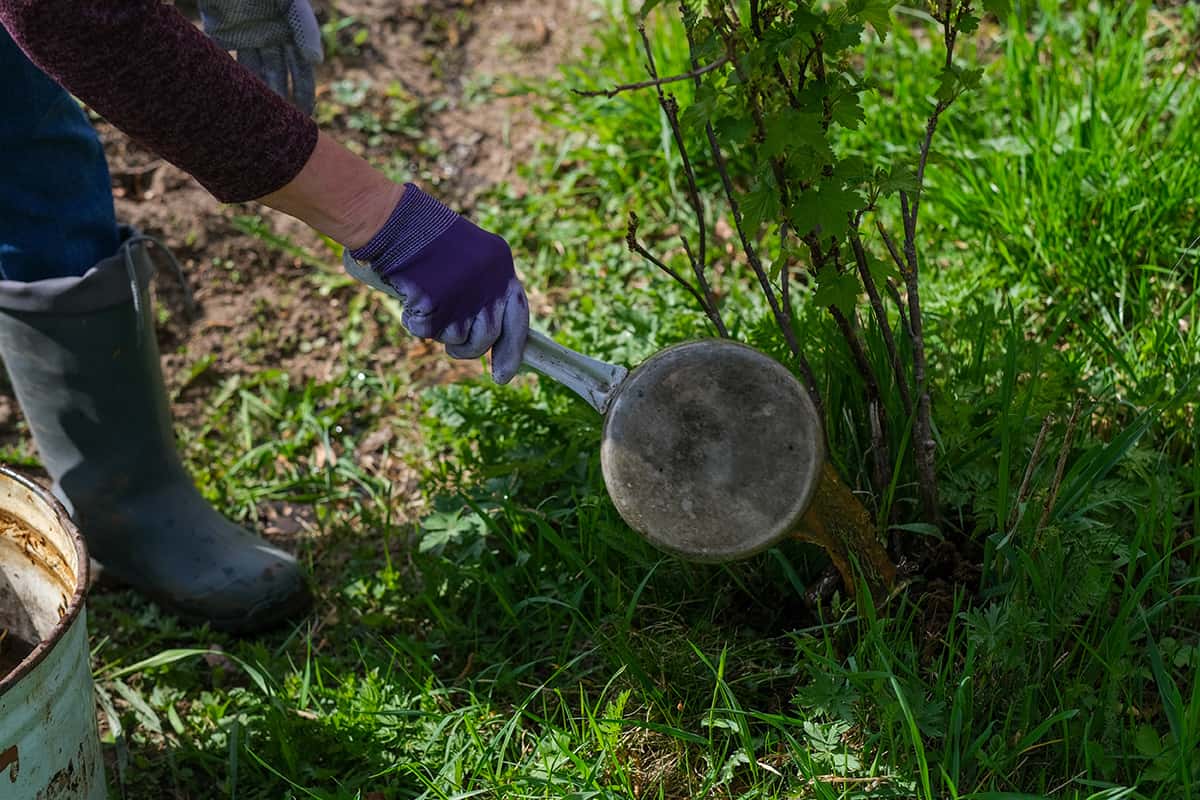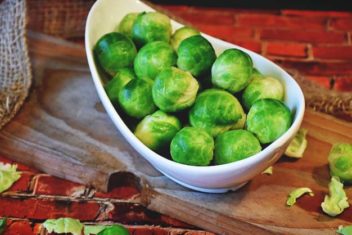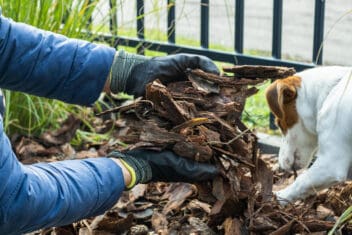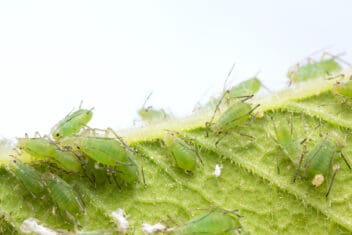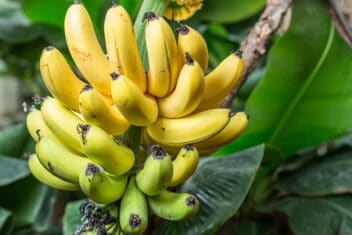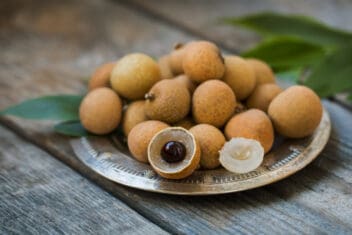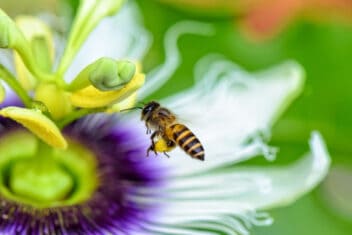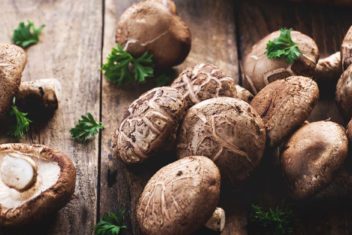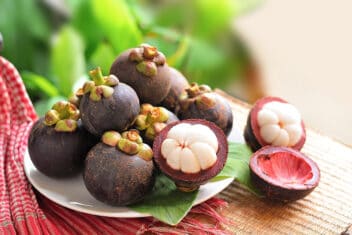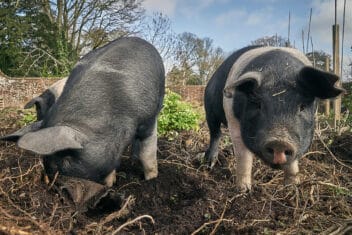Sorry, everyone. This isn’t a recipe for a tasty cannabis beverage. When we talk about “weed tea,” we’re referring to a nutrient-rich liquid fertilizer made from common garden weeds. If you’re keen on boosting your plants while using every bit of greenery you have available to you, read on!
What is Weed Tea?
Before we get into the awesomeness that is weed tea, we first need to clarify what we mean by “weeds.”
The general definition of a weed is either an undesirable plant or one that pops up in a location that it isn’t wanted. For example, a tasty, healing dandelion (Taraxacum spp.) daring to appear in the middle of a pristine golf course green.
As you can imagine, many of the plants that fall into the weed category are quite helpful in a gazillion different ways. People don’t want those particular species showing up in their rose gardens or carefully cultivated vegetable beds.
Many of these species are both edible and medicinal, and can be used as such. Those that aren’t, but are still non-toxic to humans, can be magically transformed into “tea” to feed other plants.
What’s the Difference Between This Stuff and Compost Tea?
The difference lies in both the contents, and the preparation.
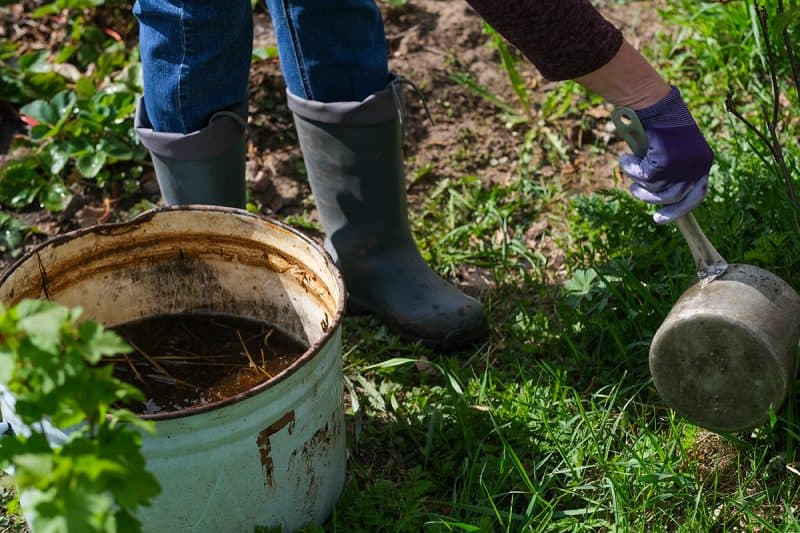
With compost tea, you use the aforementioned aged, fairly broken down plant matter. Then you add water and amendments such as molasses. After agitating it briefly, you use it to feed your plants.
In contrast, weed tea is made from fresh plant matter. You have to prepare it in order to be able to use it for plant food. This takes a few weeks to brew up and can be made easily from stuff that’s around you. There’s no need for a compost heap or fancy amendments. Just weeds n’ water.
Of course, this stuff still needs time to break down. Aim to make it a good month before you think you’ll need it.
How to Make Weed Tea
This is a ridiculously simple process that you can’t really mess up.
What You’ll Need:
- A non-metal bucket with a tight-fitting lid (plastic is ideal)
- Garden weeds
- Water
Gather enough weeds together that you can fill the bucket about 2/3 of the way up. Don’t cram or pack the plant matter in: just lay everything down inside it.
Next, add enough water that the plants are covered by an inch or so. Put the lid on tightly, and store the bucket in a warm place that’s out of direct sunlight. A shed or garage is ideal.
Let this sit for four to six weeks, and give it a good stir once or twice a week. Understand that it’ll start to smell really foul after a couple of weeks’ time. Seriously, you might want to wear a mask while stirring it because you’ll be gagging.
This fetid stench is a good thing: it means that the weeds are breaking down nicely. They’ll release all their nutrients into the surrounding water, making a nice tepid “tea” that you’ll feed other plants with.
How to Use Your Tea:
After it has been breaking down for that four to six weeks, you need to strain it. Lay some cheesecloth inside an old colander that you’ll never use for pasta again. Pop that over another bucket, and pour the fermented tea stuff through it.
Be sure to wear old clothes, gloves, even goggles while you do this. The mixture will stain whatever it touches. It’ll also burn like crazy if it gets in your eyes, and will take significant scrubbing to get the stench out of your skin.
The weed tea that you’ve strained is a very concentrated liquid fertilizer. Never, ever use this full strength anywhere in your garden. It’ll damage ripe vegetables and leafy greens and can affect plant growth in really funky ways.
Instead, dilute it in a 2:10 ratio of weed tea to water. This means that if you’re using 2 cups of tea, add 10 cups of water for a total of 12 cups. See? That fifth-grade math class really did come in handy.
When you’re ready to feed your plants, use this tea to water them at ground level. It’s best to do so during a period of fairly dry weather. If it’s been raining, or if rain is expected soon, those nutrients will wash away. As a result, they’ll accumulate somewhere else in the water table. If you find that your neighbor’s tomatoes are suddenly far more lush, they’re probably leaching off your land.
Which Species are Ideal for This?
You can use a wide variety of garden weeds for tea. As long as you’re not using species that’ll poison you or anyone else, you’re good. This means that you shouldn’t use nightshade, foxglove, or any other toxic species for making your weed tea.
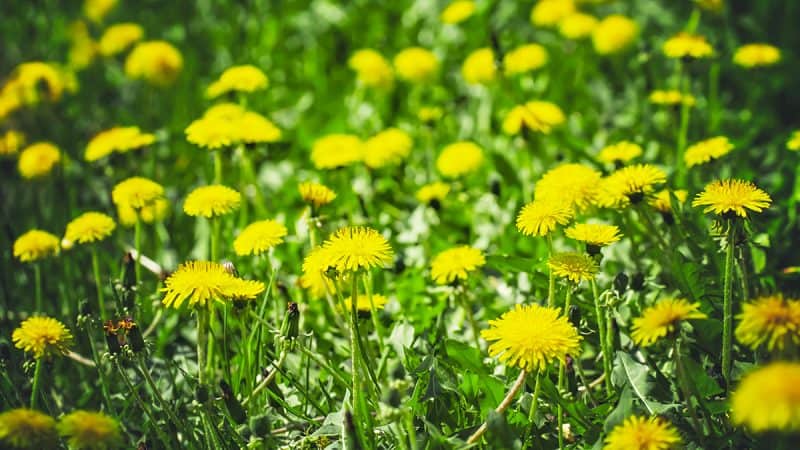
The best ones to use are those that you don’t plan to use as food or medicine. For example, some species (like plantain or curly dock) are edible when the leaves are tender, but they get woody and bitter as they age. Others may be invasive species that really aren’t good for anything else, like crabgrass.
Here are just a few of the standard garden weeds that you can transform into weed tea:
- Plantain (entire plant)
- Dandelions (entire plant)
- Burdock (roots and leaves)
- Buttercups (entire plant)
- Crabgrass (roots and leaves)
- Curly Dock (roots and leaves)
- Ground Ivy/Creeping Charlie (entire plant)
- Thistles and Nettles (roots and leaves: use gloves when harvesting these)
- Japanese Knotweed (entire plant)
- Ox-Eye Daisies (entire plant)
- Vetch (entire plant)
- Lambsquarters (entire plant: whatever you haven’t eaten)
- Pigweed (roots, stems, leaves)
- Shepherd’s Purse (entire plant)
- Purslane (like Lambsquarters: it’s delicious, but also great for weed tea)
Final Notes
In addition to creating a great nutrient-rich fertilizer, this tea has another bonus. Let’s say you’ve pulled up a ton of weeds and tossed them into your compost heap. If those weeds had any seeds in them, then you’re basically planting them in the very environment they need to thrive.
In contrast, using them for weed tea ensures that they can’t reproduce. Instead of battling a new generation of weed babies, you’re drawing out all their beneficial nutrients.
Use your weed tea in the same season in which you brewed it. This stuff goes “off” really quickly, so aim to make smaller batches that you know you’ll use up. Feed your plants about once a month, and clean out the buckets well before storing them for wintertime.
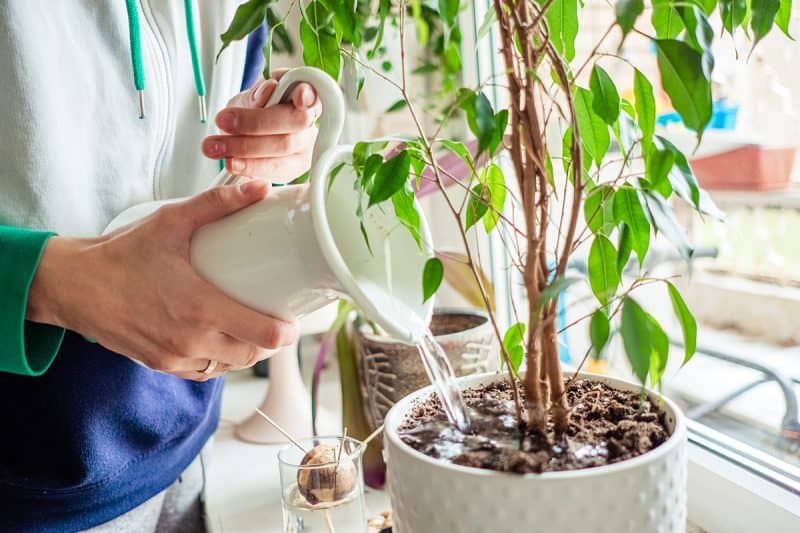
If you have some leftover at the end of the season, you can use it for your house plants. Just dilute it even further, at a 1:12 tea to water ratio. Feed at root level as well. Additionally, if you have way more leftovers than you expected, feel free to feed your trees and bushes with the leftovers. They’ll be grateful for the extra nutrients and will grow even more enthusiastically next season.
Happy brewing!
